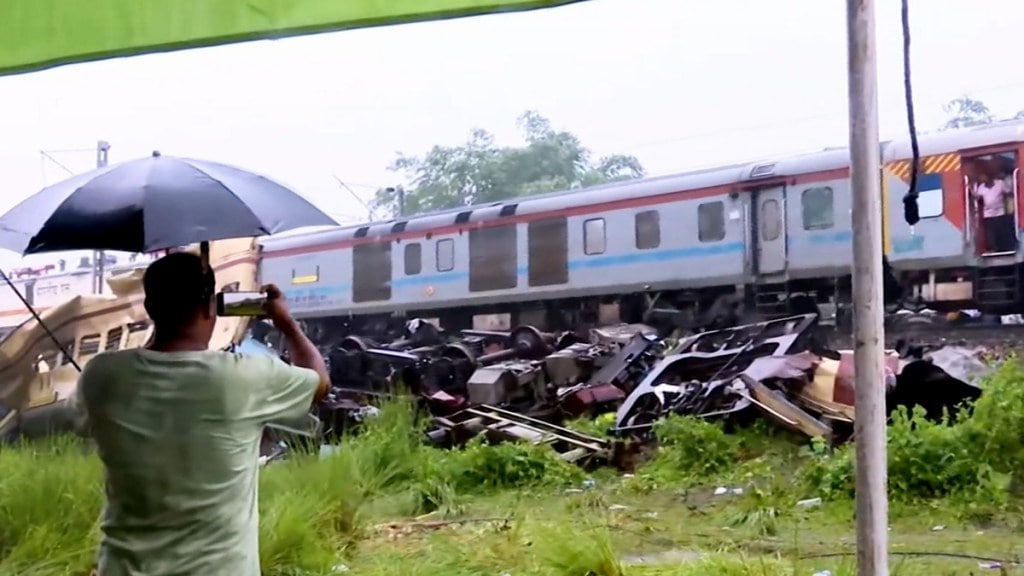Every year, the railway budget is announced with great emphasis on the importance of passenger safety. Significant funds are allocated to systems like Kavach, an automatic train protection system aimed at preventing accidents. But this safety system is yet to be installed all across Indian Railways. Despite heavy allocation to the Railways, major train accidents continue to occur, raising concerns about the effectiveness of current safety strategies.
Recent Train Accidents Highlight Ongoing Issues
On June 7, at least nine people were killed and 25 others were injured when the Kanchanjunga Express collided with a container freight train near West Bengal’s New Jalpaiguri. This tragic incident is a stark reminder of the persistent safety challenges facing Indian Railways. Just a year earlier, on June 2, 2023, one of the worst railway accidents in India’s history took place. A triple-train collision in Balasore, Odisha, resulted in the deaths of at least 293 people. The accident occurred when the Chennai-bound Coromandel Express mistakenly entered a loop line and collided with a stationary goods train. The impact caused several coaches of the Yesvantpur Superfast Express, traveling toward Howrah, to derail and crash into the wreckage. So how exactly can the budget this year ensure to prevent such mishaps in future?
Accountability and Negligence
Following the Balasore tragedy, railway authorities suspended seven employees in July 2023, including three who were previously arrested by the Central Bureau of Investigation (CBI) for alleged negligence. The Commission of Railway Safety (CRS) report pointed out “lapses at multiple levels” and noted that the disaster could have been avoided if past warnings had been heeded. The CBI also filed a chargesheet in September, underscoring the need for accountability and stricter oversight.
Rethinking Budget for Better Safety
While investing in advanced safety systems like Kavach is essential, the government must also focus on other critical areas to enhance passenger safety:
Improved Infrastructure Maintenance: Regular and thorough maintenance of tracks, signals, and trains is crucial. Allocating more budget towards routine inspections and timely repairs can prevent accidents caused by infrastructure failures.
Enhanced Training for Staff: Ensuring that railway staff, especially those in critical positions, receive comprehensive and regular training can reduce human errors. Emphasis should be on safety protocols, emergency response, and the use of technology.
Strengthening Safety Regulations: Enforcing stricter safety regulations and conducting frequent audits can help identify and address potential risks. The government should consider forming an independent body to oversee safety compliance.
Modernizing Railway Technology: Investing in modern technology for better communication, real-time monitoring, and automated safety systems can significantly reduce the likelihood of accidents. Upgrading existing systems and adopting global best practices should be prioritised.
Passenger Awareness Campaigns: Educating passengers about safety measures, emergency procedures, and the importance of following guidelines can enhance overall safety. Public awareness campaigns and clear instructions can empower passengers to act safely and responsibly.
The upcoming annual railway budget must reflect a balanced approach, prioritizing both advanced safety technologies and fundamental safety practices. By addressing infrastructure issues, improving staff training, enforcing regulations, modernizing technology, and raising passenger awareness, the government can create a safer railway network. Ensuring the safety of train passengers in India requires not just a financial commitment, but a holistic strategy that tackles the root causes of accidents.
